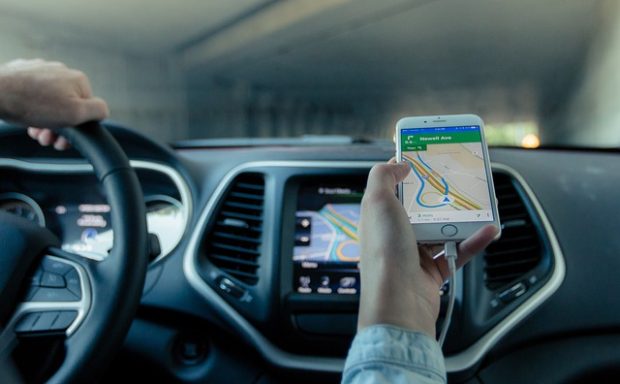Safe Driving to Indiana: Tips, Tricks, and Laws
If you’re planning a road trip to Indiana, it’s important to familiarize yourself with the tips, tricks, and laws to ensure a safe and enjoyable journey. Here are some key considerations:
- Plan Your Route: Determine the most efficient and convenient route to Indiana based on your starting location. Use GPS or mapping apps to get accurate directions and real-time traffic updates. Plan for rest stops, fuel stops, and potential detours along the way.
- Check Road Conditions: Before your trip, check the weather forecast and road conditions in both your starting location and Indiana. This information will help you prepare for any potential hazards or delays.
- Follow Speed Limits: Adhere to posted speed limits on highways and roads in Indiana. Speeding can lead to accidents and fines. Be aware that speed limits may vary depending on the road type and location.
- Buckle Up and Use Child Restraints: Ensure that all occupants of your vehicle are wearing seat belts, and children are properly secured in appropriate car seats or booster seats. Indiana law requires seat belt use for all passengers, and child restraint laws are in place based on age, height, and weight.
- Avoid Distracted Driving: Keep your focus on the road and avoid distractions like texting, talking on the phone, or using electronic devices. If you need to make a call or use GPS, use hands-free options or pull over to a safe location.
- Be Aware of Move Over Laws: Indiana has a “Move Over” law, which requires drivers to move over to an adjacent lane or reduce their speed when approaching stationary emergency vehicles, utility vehicles, or tow trucks with activated lights.
- Understand DUI Laws: Indiana has strict laws regarding driving under the influence (DUI). It is illegal to drive with a blood alcohol concentration (BAC) of 0.08% or higher. Always designate a sober driver or use alternative transportation if you plan to consume alcohol.
- Carry Essential Supplies: Pack an emergency kit with essential supplies such as a spare tire, jumper cables, flashlight, first aid kit, water, and snacks. It’s also a good idea to have a roadside assistance contact number and a physical map in case of GPS or cell signal issues.
- Observe Parking Regulations: Pay attention to parking signs and regulations in cities and towns throughout Indiana. Unauthorized parking or parking in restricted areas may result in fines or towing.
- Take Breaks and Stay Alert: Long drives can be tiring, so take regular breaks to rest, stretch, and refocus. If you feel drowsy, pull over in a safe location and rest before continuing your journey.
Remember, it’s essential to follow all traffic laws and regulations, be courteous to other drivers, and practice defensive driving techniques. Stay updated on any specific laws or regulations in Indiana that may be relevant to your trip. Safe travels!






